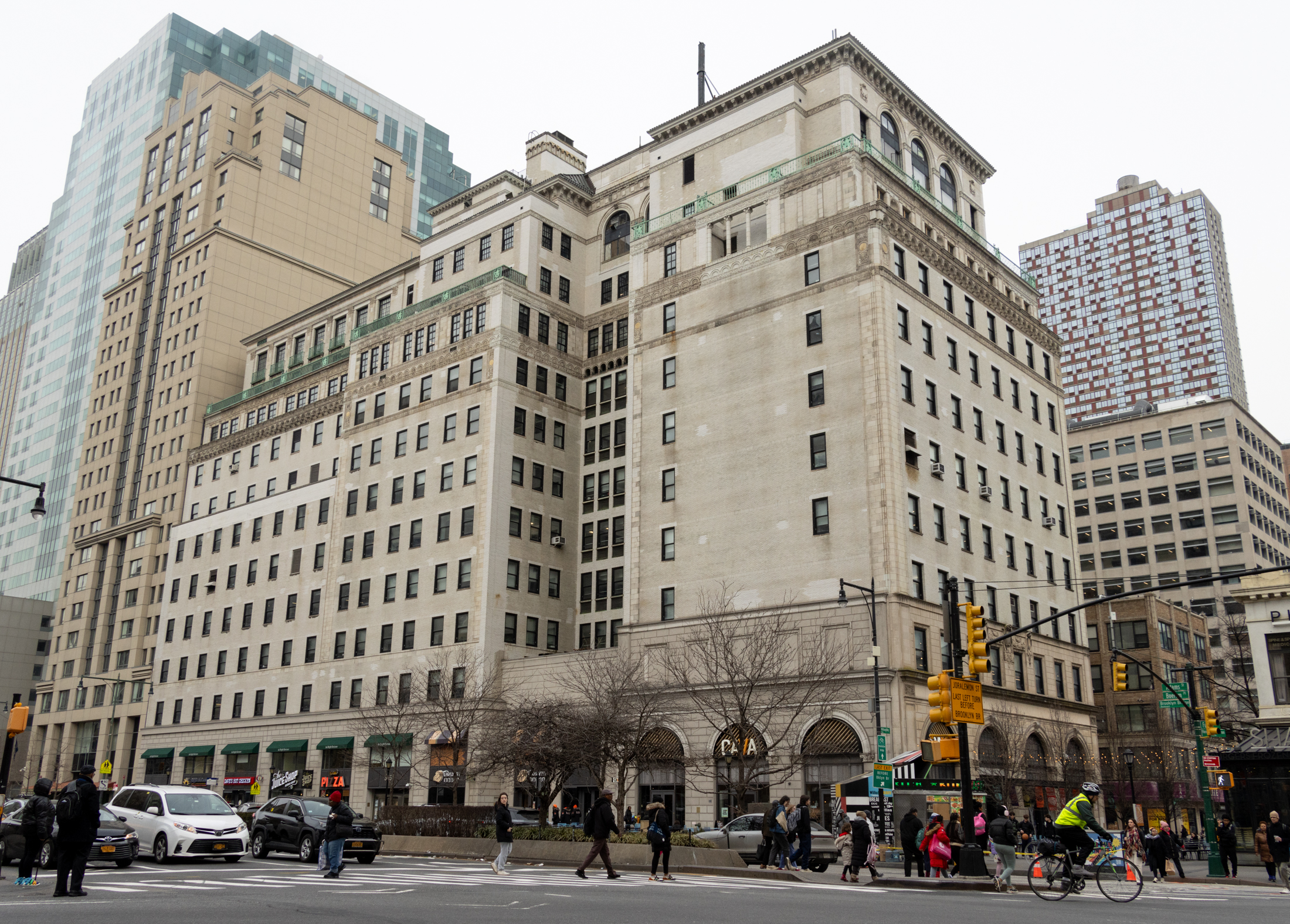Building of the Day: 44-60 Ryerson Street
Brooklyn, one building at a time. Name: Industrial buildings Address: 44-60 Ryerson St. Cross Streets: Park and Flushing Avenues Neighborhood: Wallabout Year Built: 1907-1912 Architectural Style: Reinforced concrete factory Architect: Albert Kahn Other buildings by architect: Most of his career in Detroit area– Ford and Packard Motor Plants, much of U. of Mich. at Ann…


Name: Industrial buildings
Address: 44-60 Ryerson St.
Cross Streets: Park and Flushing Avenues
Neighborhood: Wallabout
Year Built: 1907-1912
Architectural Style: Reinforced concrete factory
Architect: Albert Kahn
Other buildings by architect: Most of his career in Detroit area– Ford and Packard Motor Plants, much of U. of Mich. at Ann Arbor, Detroit area mansions, office buildings and manufacturing plants.
Landmarked: No, not yet.
The story: The Mergenthaler Linotype Company was one of the largest and most important manufacturers in Brooklyn’s history. Founded in 1886, by Ottmar Mergenthaler, linotype machines were invented to set type. Instead of a typesetter laying down individual letters to make a line of type, the machine created bars with groups of letters, called slugs, which could then be combined to create a page of type. This enabled a typesetter to set a page must faster and more accurately than before, making it perfect for newspapers and magazines. By the 20th century, almost all of the newspapers and magazines, as well as many other books and publications, were set on Linotype machines. Mergenthaler made those machines.
As his business grew, Mergenthaler chose the Wallabout area for his factories, due to the large open space available for building, near the harbor and nearby rail lines, and convenient for employees, travelling on public transportation, via the Myrtle Avenue El. The first factory was in the middle of this block of Ryerson, between Flushing and Park, now replaced by the current factory. In 1906, the Mergenthaler Company engaged a young architect named Albert Kahn to design a factory in reinforced concrete.
Reinforced concrete had been around since the Romans, but was re-discovered in the US by Ernest L. Ransome on the West Coast, in the early 1890’s, who added twisted iron bars to his concrete, causing a firm bond between metal and concrete, enabling large slabs of concrete to be poured. Other engineers also took up this idea, improving it, as did Albert, and his engineer brother, Julius Kahn. Kahn is known for his designs in Detroit, where he spent most of his design career, but before going there, he designed several factory buildings in the New York area. This building is one of his first, and most well preserved.
The entire factory was constructed of poured reinforced concrete, with no interior brick walls, the methods enabling him to construct large floor to ceiling windows throughout the factory, yet the walls and floors are sturdy enough to support the heavy machinery used and manufactured in production. By 1916, the original factory expanded down the block, replacing the original Mergenathaler building. By 1942, Mergenthaler had expanded to all of the buildings on both sides of Ryerson, as well as on Hall Street and Grand Avenue, including the glass block building opposite this one on Ryerson.
Today, these buildings hold a number of factories, offices and workrooms, with businesses ranging from food businesses, light manufacturing, studios, and storage. They should be protected as either part of the greater Wallabout Historic District, or as part of an Industrial Wallabout Historic District. GMAP











Wow. Exciting. Minard, if you need a reminder that Brooklyn was once an industrial giant: Brooklyn was once an industrial giant. Done.
c
these buildings are important reminders that there was a time when Brooklyn was an industrial/manufacturing giant. The Borough was a generator of enormous wealth.
It has been a long and difficult transition from there to here but I think we have fared better than so many other cities.
Charles Sheeler? Robert Frank?